5 e-commerce trends from 2023 and what we can learn from them
Explore the key e-commerce trends of 2023, including early Black Friday sales, B2B expansion, Amazon Seller Fulfilled Prime, post-purchase experiences, and the rise of social commerce.
.jpeg)
With 2024 kicking off, it’s an ideal time to reflect on what has happened in the e-commerce world this year. From the increasingly high cost of living, freight labor shortages, and an uncertain economy, it has been another challenging year. So what have successful brands been doing that sets them apart?
In this article, we look into trends we have seen amongst brands that work with Hive, and what other experts in the industry have noted.
So, what did we see in 2023 and what learnings can we gather for 2024?
1. Black Friday sales started even earlier this year

In 2023, we saw brands implementing sales much earlier than in previous years, with some Black Friday sales beginning as early as November 1st.
We noticed this with Hive’s brands, and it has been true as a general trend across the e-commerce world. According to Salesforce, discounts also tended to be slightly higher, with the average discount for Black Friday and Cyber Monday in 2023 being 28%.
On top of this, multiple e-commerce brands found Cyber Monday to be less relevant than in previous years, as the Sunday before actually drove more sales.
This is a push from brands attempting to prolong the peak shopping season and to take some pressure off the final November weekend. Giving customers earlier sales also means guaranteed shipping in advance of Christmas, meaning less stress for festive buyers.
So what can we take away from this trend? Starting your Black Friday sales earlier may help you balance out the peak that comes with limited-time sales and in turn give your customers a better experience.
2. More and more brands have expanded to B2B sales channels

In 2023 we saw that business-to-business (B2B) became increasingly popular for brands that were previously only selling direct-to-consumer (D2C). Brands have been turning to B2B channels such as retail stores to diversify their sales channels, cut down on marketing costs, and even to launch in new markets.
Selling B2B is a cost-efficient strategy for many brands as it allows them to gain further awareness and recognition without spending big on paid social or out-of-home campaigns.
When products are already physically on the shelf in front of consumers, enticing custom packaging and good product differentiation are all that’s needed to get potential buyers interested.
Going into 2024, brands who only sell D2C should look into the possibility of diversifying into B2B – especially for those with a product fit such as cosmetics or food supplements.
B2B shipments however have very specific requirements. So to excel in both D2C and B2B, brands need to work with a 3PL partner that is capable of organizing both shipment types.
3. More brands are using Amazon Seller Fulfilled Prime (SFP)

With over 200 million users ready to buy, Amazon Prime customers are a key target for e-commerce brands. Amazon offers several ways for sellers to fulfill orders. They are:
- Fulfilled By Amazon (FBA)
- Fulfilled by Merchant (FBM)
- Seller Fulfilled Prime (SFP)
With Amazon Seller Fulfilled Prime, e-commerce brands can get the Prime Badge that used to be reserved for Fulfilled By Amazon products, but they can still fulfill from their own warehouse. This gives brands access to Prime customers, but also the flexibility that comes with being able to organize their own fulfillment such as custom packaging or add-ons.
For previously FBM only merchants, using SFP can open up more conversions by offering guaranteed delivery date messaging, and access to “Lightning Deals”.
However, SFP comes with some strict requirements. If you are considering using SFP in 2024, you need to ensure you work with a reliable 3PL partner. That’s because in order to qualify for SFP, brands need to ship over 90% of their orders on time, and must meet the minimum speed targets defined for each product type.
4. Brands are focusing on post purchase experience for long-term profitability
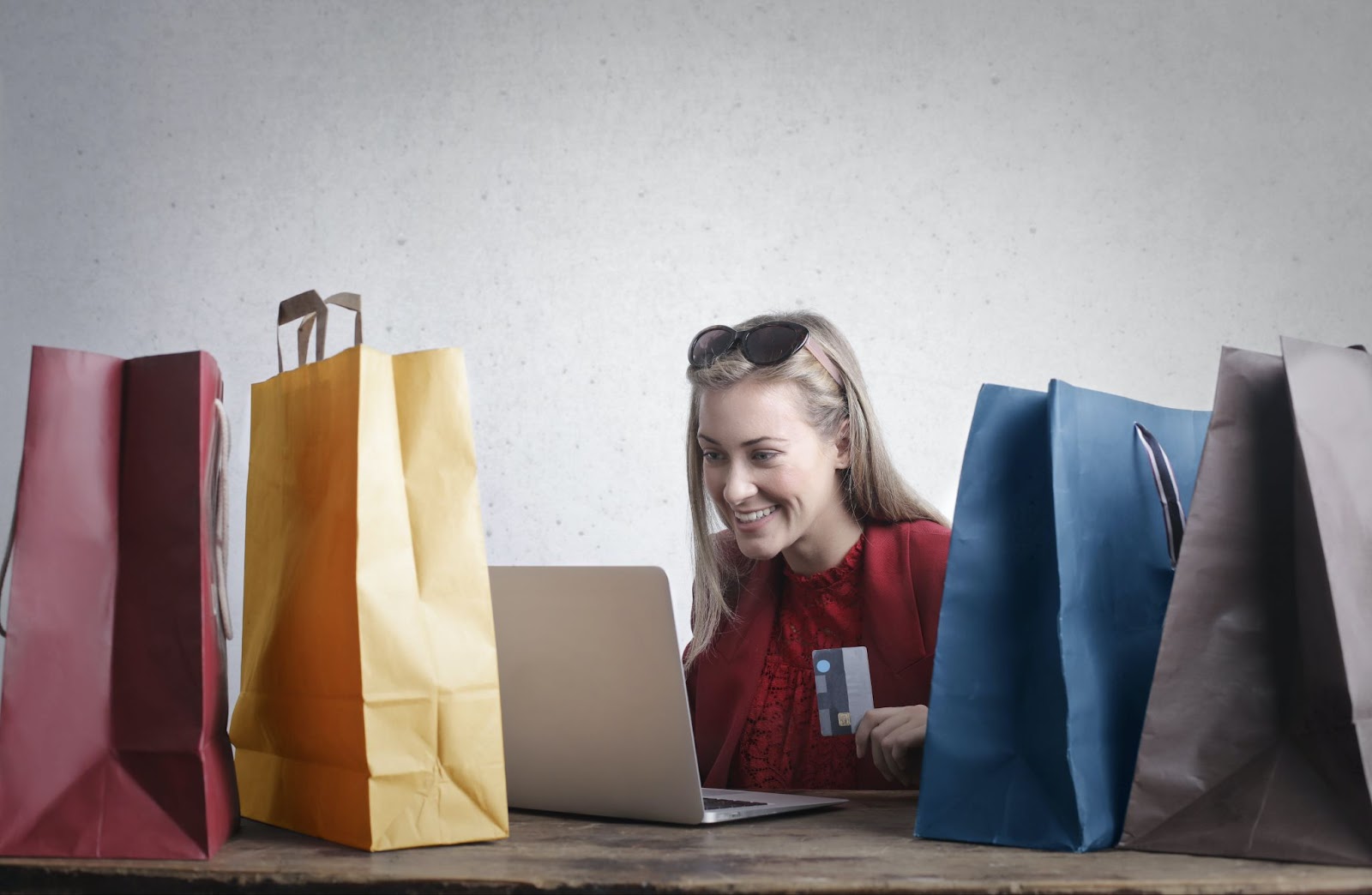
With the economic downturn continuing in 2023, we have seen brands double down on maximizing revenue from existing customers.
This is especially important for brands such as cosmetics, supplements, and accessories where customers are more likely to buy multiple products over time and brands can introduce new seasonal drops.
A key avenue for increasing customer retention is an optimized post-purchase experience. This means offering cross- and upselling, order tracking, and lightning-fast customer care.
At Hive, we have seen more brands than ever activate our Customer Portal, where they can offer tracking emails and returns, as well as upsell new products. With an over 80% open rate on Hive’s order tracking emails, it’s the perfect place for brands to offer further opportunities to buy.
That’s also why we have also created direct integrations this year with tools such as Klaviyo and Gorgias. This means that you can automate your communications processes and speed up customer care without having to toggle between apps.
Going forward into 2024, it’s crucial that your suite of e-commerce tools work together to ensure you and your team can optimize your time and offer the best possible customer experience.
5. More brands are using social media as a revenue channel
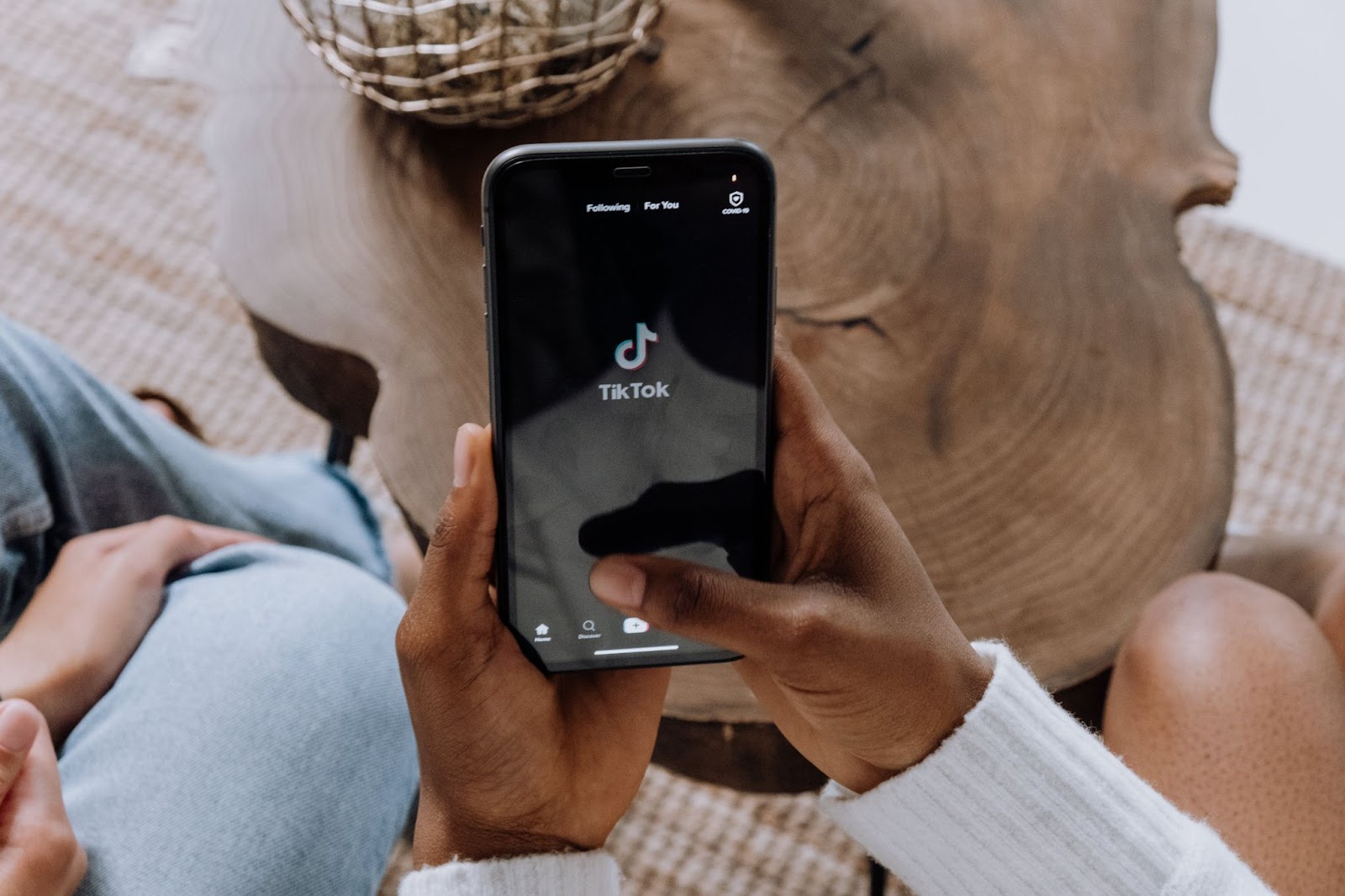
According to Hubspot, In 2023, 24% of social media users have bought a product based on a recommendation from an influencer, a 33% increase from their 2022 survey.
And it’s not just young shoppers: 46% of Gen X and 24% of Boomers had discovered a new product on social media in the past three months — that's a 10% and 41% increase since May 2022, respectively.
Plus, social commerce goes beyond influencers. Some of the biggest e-commerce news of 2023 was the launch of the TikTok shop. This means users can seamlessly buy products they see advertised in their feed without leaving the app. And that brands can offer four different ways to sell in the app.
In the coming year, focusing more time on TikTok as a sales channel could lead you to further success. Check out the different options for logistics: Shipped by Seller and Shipped via Platform on TikTok’s seller academy to see which could be the right option for your business in 2024.
Make 2024 your strongest year yet with Hive as your 3PL partner
In order to get omni-channel selling (B2B, D2C, and Amazon), post-purchase experience, and social commerce right in 2024, it’s crucial that you work with a partner that can handle the logistical challenges that come with them.
At Hive, we work with over 160 e-commerce brands just like yours to enable them to skyrocket their sales across multiple channels. Our team knows exactly how to handle different order types, and with the Hive App, you can organize your D2C and B2B shipments all in one place.
Interested in learning more about making 2024 your best year yet? Book a demo now.


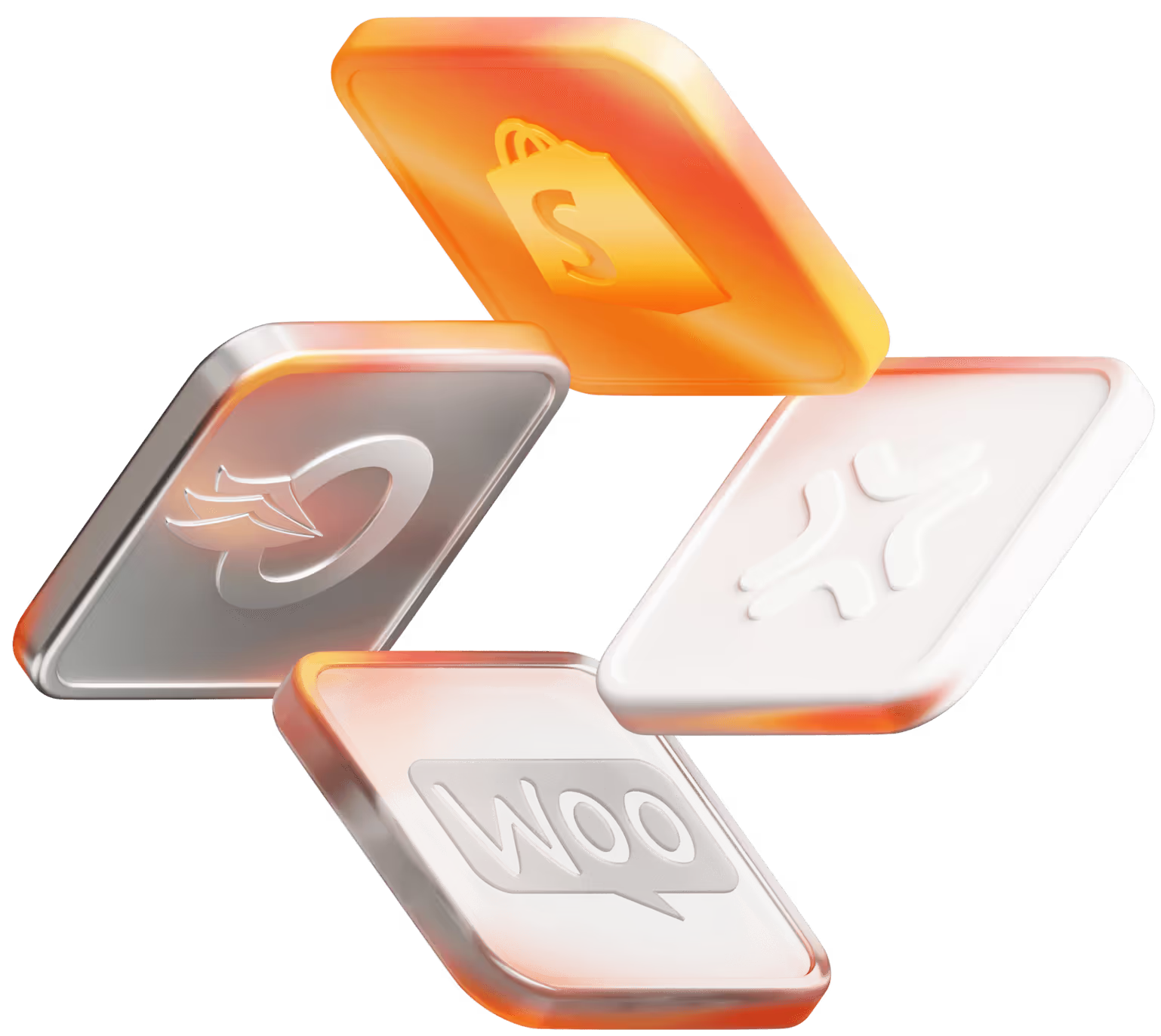





.png)

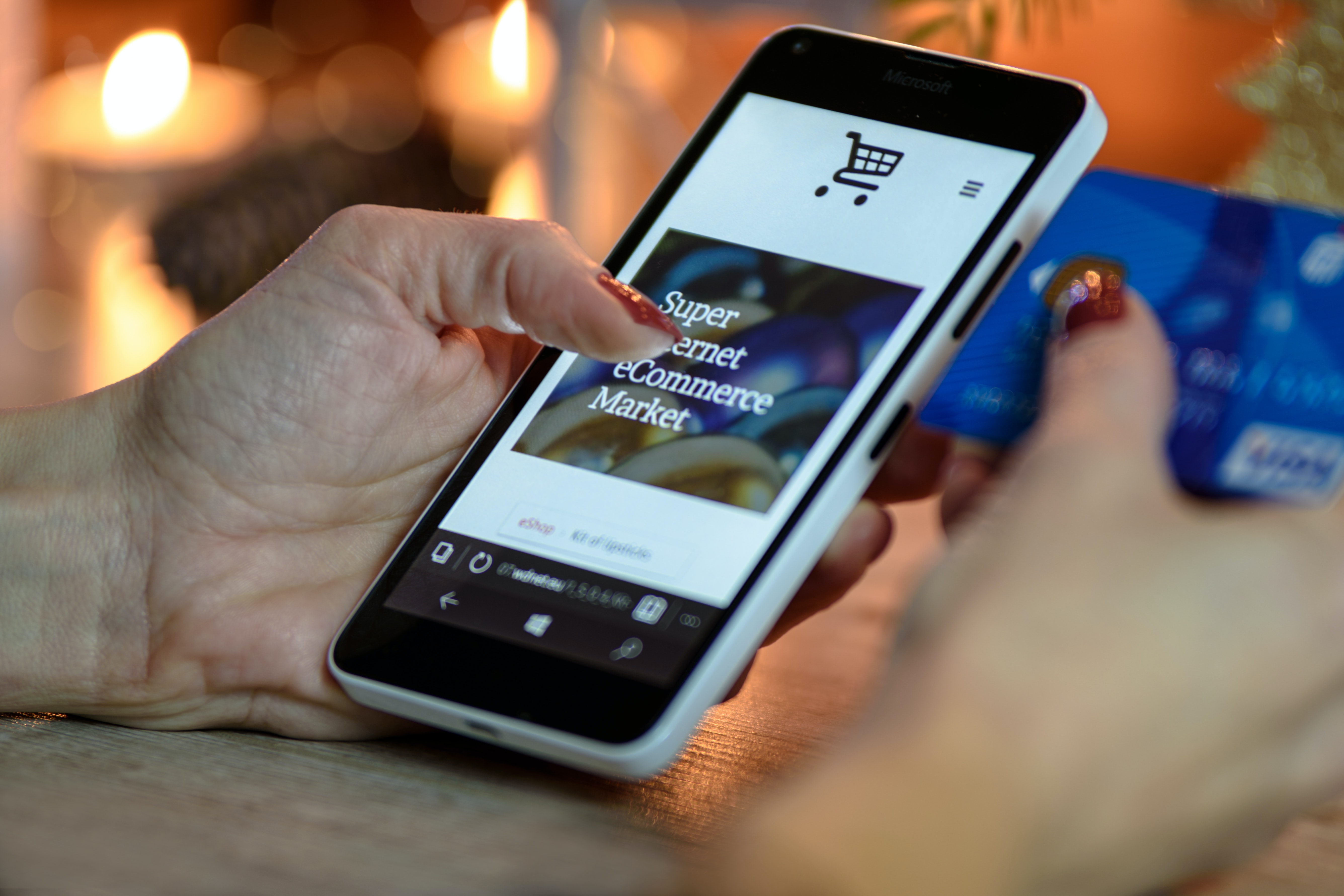

.png)
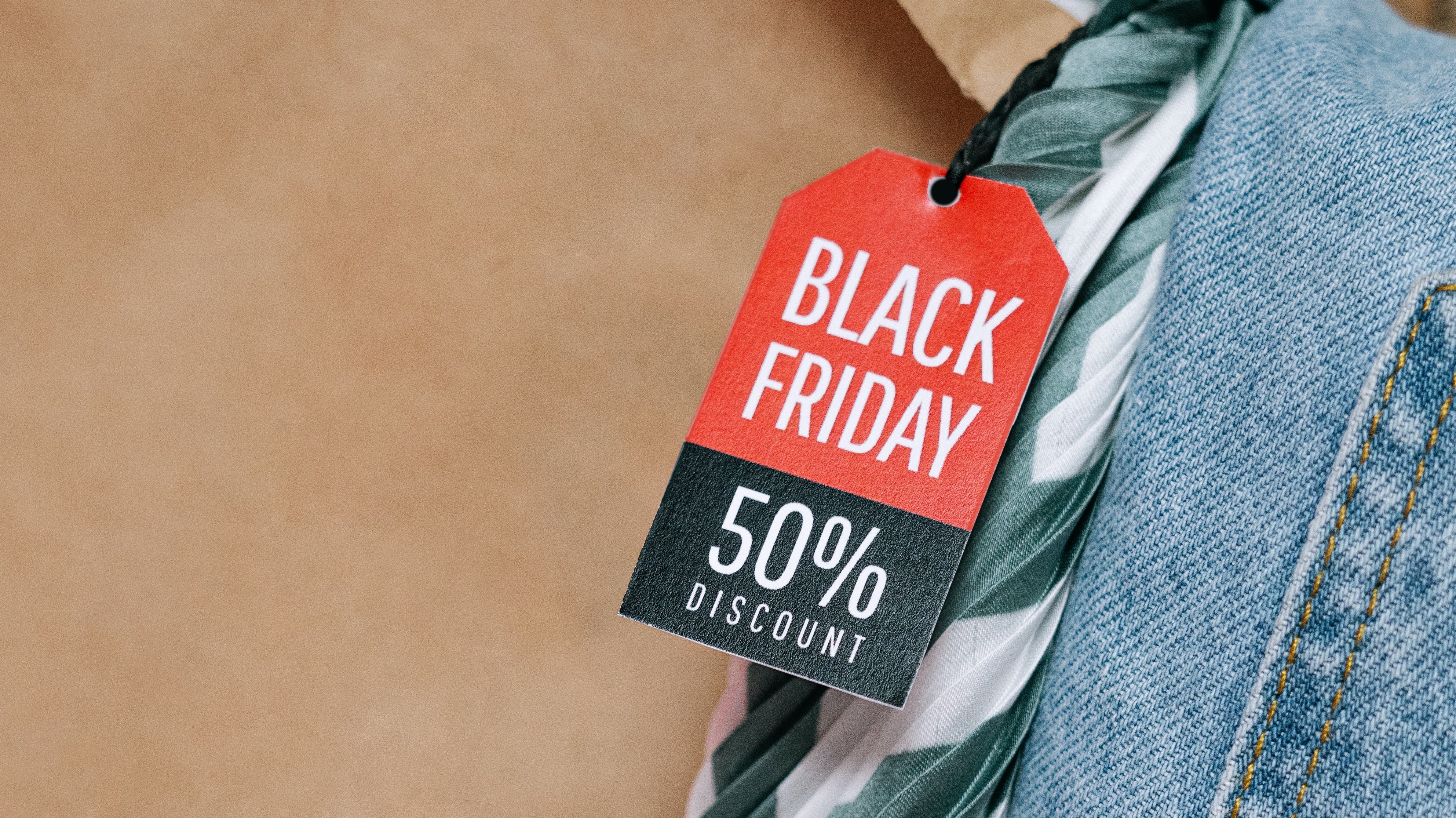
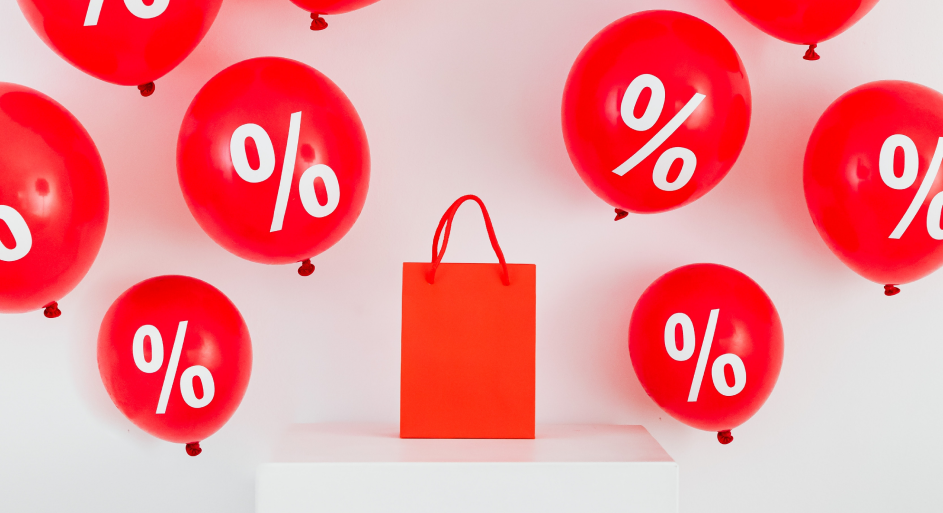

.png)

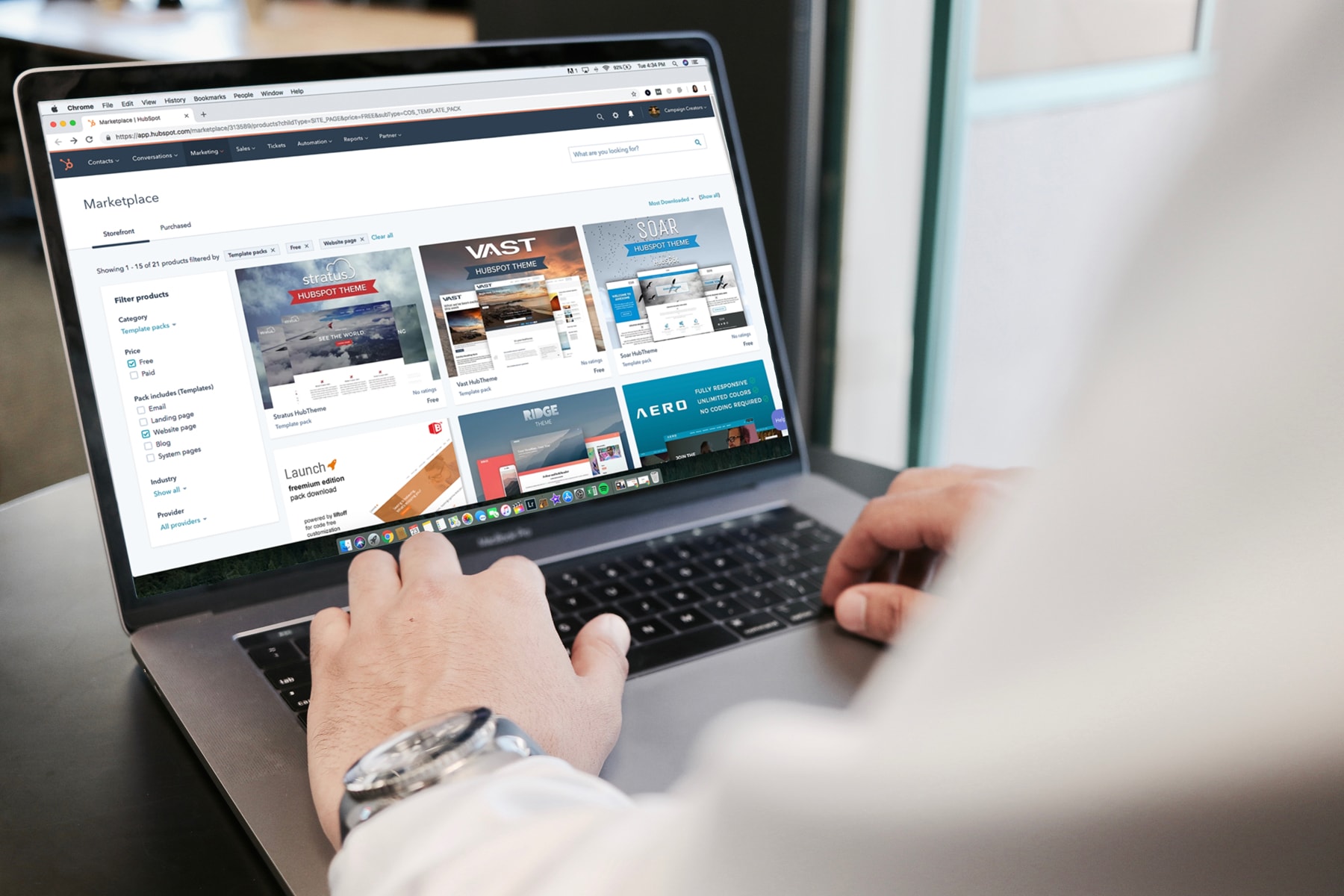



.png)

.png)
.png)

.png)
